Update: change tiles dimension to bigger for illustration, you can adjust per your need
Use this:
import cv2
image = cv2.imread('test.jpg')
tiles_height = 50
tiles_width = 30
# white padding
padding_x = 10
padding_y = 20
num_y = int(image.shape[0]/tiles_height)
num_x = int(image.shape[1]/tiles_width)
new_img = np.full((image.shape[0] + num_y*padding_y, image.shape[1] + num_x*padding_x,3),255)
for incre_i,i in enumerate(range(0,image.shape[0],tiles_height)):
for incre_j,j in enumerate(range(0, image.shape[1], tiles_width)):
new_img[i+incre_i*padding_y:i+tiles_height+incre_i*padding_y
,j+incre_j*padding_x:j+tiles_width+incre_j*padding_x,:] = image[i:i+tiles_height,j:j+tiles_width,:]
cv2.imwrite('res.jpg',new_img)
print(image.shape, new_img.shape)
Update 1:
Because you want to latter remove tiles, I added code that can help you with that. Now all you have to do is changing variables in tiles config, white padding, tile index to be removed:
import cv2
image = cv2.imread('test.jpg')
# tiles config
tiles_height = 50
tiles_width = 30
# white padding
padding_x = 10
padding_y = 20
# tile index to be removed
remove_indices = [(0,0),(3,6)]
num_y = int(image.shape[0]/tiles_height)
num_x = int(image.shape[1]/tiles_width)
new_img = np.full((image.shape[0] + num_y*padding_y, image.shape[1] + num_x*padding_x,3),255)
for incre_i,i in enumerate(range(0,image.shape[0],tiles_height)):
for incre_j,j in enumerate(range(0, image.shape[1], tiles_width)):
if (incre_i,incre_j) in remove_indices:
new_img[i+incre_i*padding_y:i+tiles_height+incre_i*padding_y
,j+incre_j*padding_x:j+tiles_width+incre_j*padding_x,:] = 255
else:
new_img[i+incre_i*padding_y:i+tiles_height+incre_i*padding_y
,j+incre_j*padding_x:j+tiles_width+incre_j*padding_x,:] = image[i:i+tiles_height,j:j+tiles_width,:]
cv2.imwrite('remove_tiles.jpg',new_img)
print(image.shape, new_img.shape)
test.jpg
 res.jpg
res.jpg
 remove_tiles.jpg
remove_tiles.jpg

print(image.shape, new_img.shape) gives (952, 1429, 3) (1332, 1899, 3)




